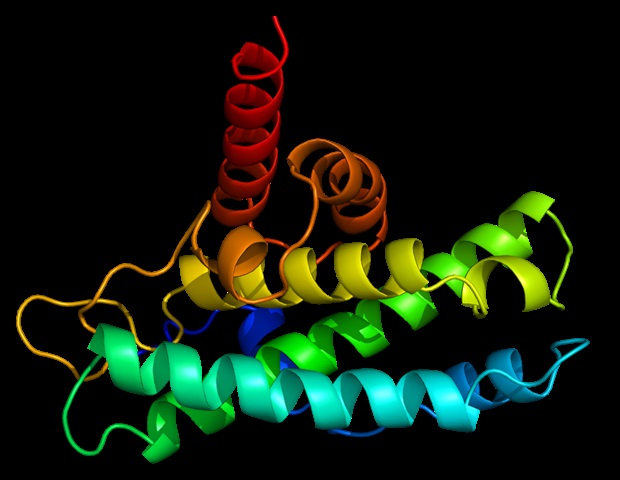
Announcing a new article publication for Zoonoses journal. Vaccines are among the most effective medical countermeasures against infectious diseases. The emergence of the Coronavirus Disease 2019 (COVID-19) pandemic, caused by severe acute respiratory syndrome coronavirus 2 (SARS-CoV-2), has spurred scientific strategies to fight against the disease.
Since 2020, in response to the pandemic, many vaccines based on different platforms have been under development, among which mRNA, adenoviral vectors, and subunit vaccines have been clinically approved for use in humans. These first-generation COVID-19 vaccines largely target the viral spike (S) protein and are aimed at eliciting potent neutralizing antibodies. With the emergence of SARS-CoV-2 variants, particularly the highly transmissible Omicron strains, S-based vaccine strategies have faced a continuing challenge of strong immune escape by variants.
The coronavirus nucleocapsid (N) protein is a viral protein that induces strong T-cell immunity and is more conserved than S protein across different SARS-CoV-2 variants. Inclusion of N protein in the development of COVID-19 vaccines has been reported. The authors of this article review and discuss COVID-19, current S-protein-based vaccine strategies, the immunobiology of N protein in SARS-CoV-2 host immunity, and next-generation vaccine strategies involving N protein to combat current and emerging SARS-CoV-2 variants.
Compuscript Ltd
Bonam, S. R. & Hu, H., (2023) Next-Generation Vaccines against COVID-19 Variants: Beyond the Spike Protein. Zoonoses. doi.org/10.15212/ZOONOSES-2023-0003.
Posted in: Medical Research News | Disease/Infection News
Tags: Antibodies, Cell, Coronavirus, covid-19, immunity, Infectious Diseases, Omicron, Pandemic, Protein, Public Health, Research, Respiratory, SARS, SARS-CoV-2, Severe Acute Respiratory, Severe Acute Respiratory Syndrome, Spike Protein, Syndrome, T-Cell, Vaccine
Source: Read Full Article